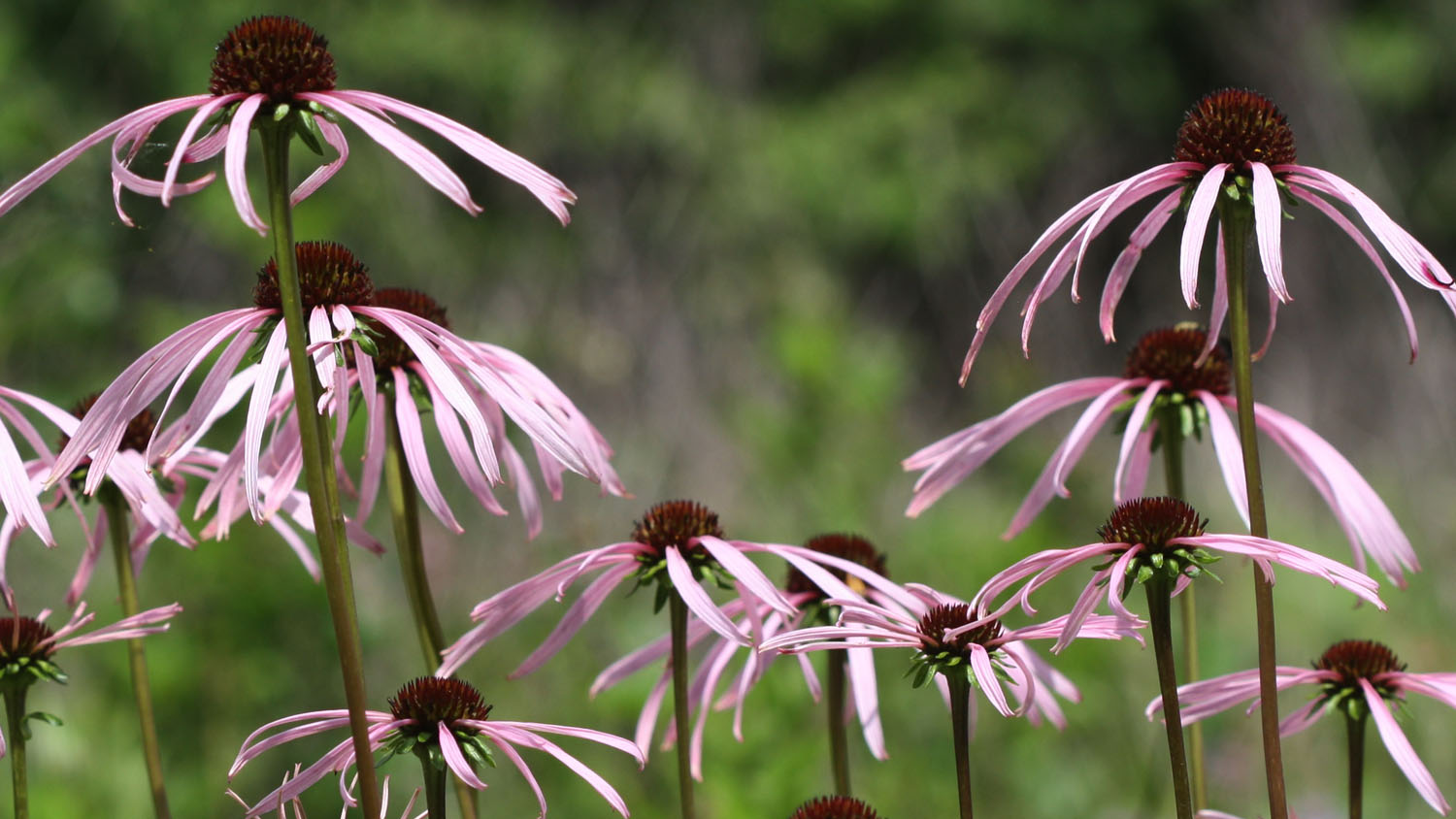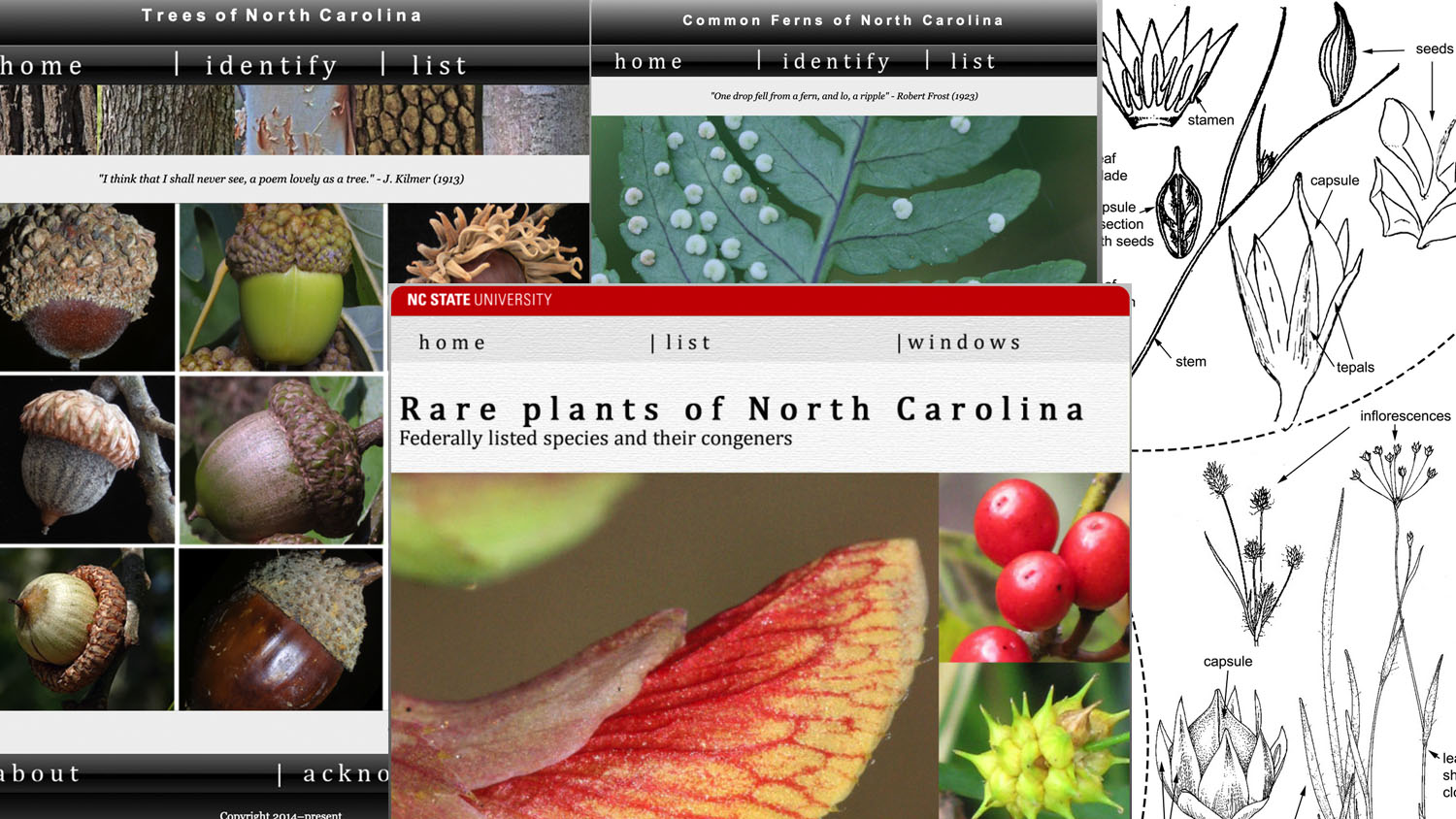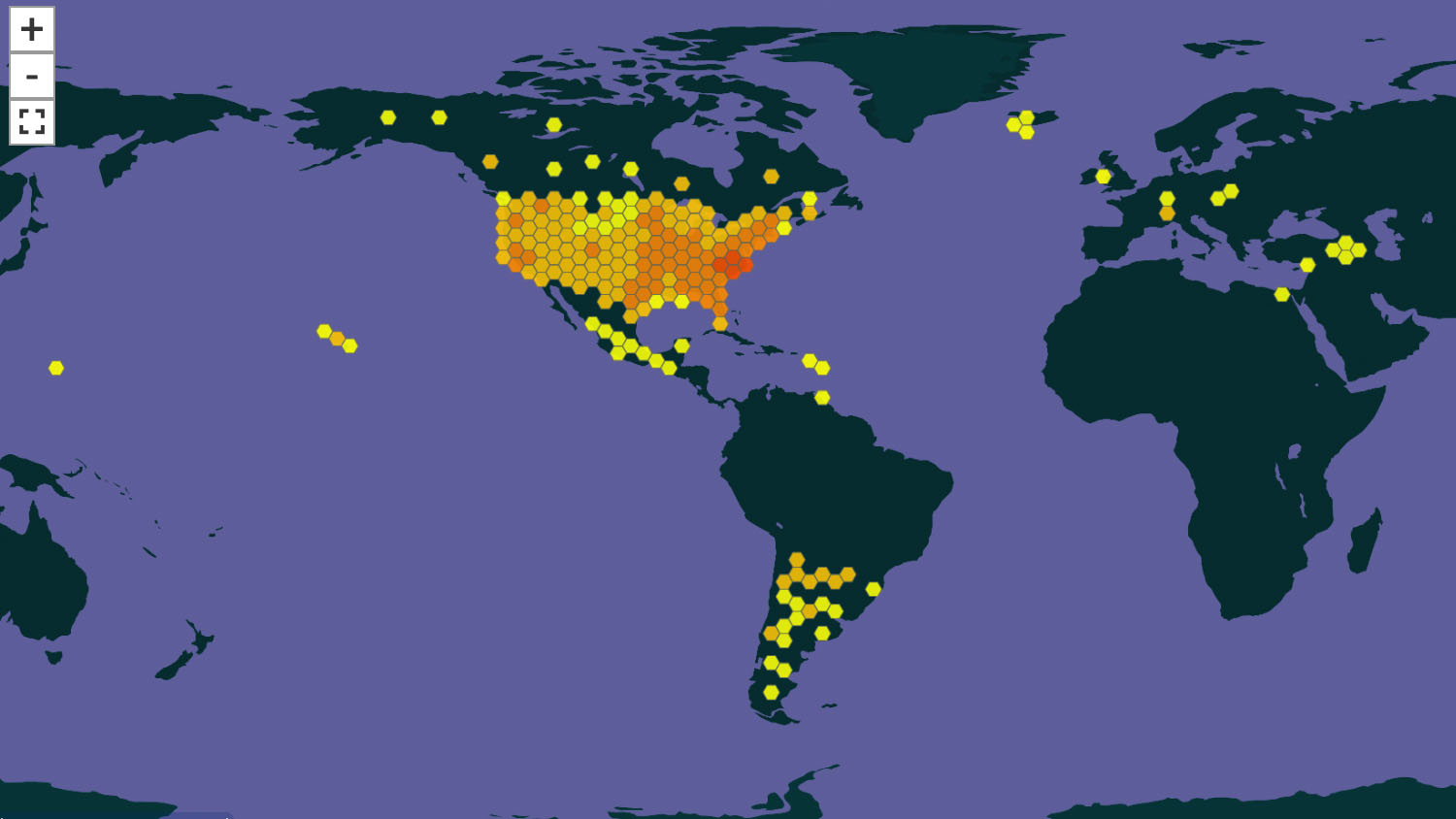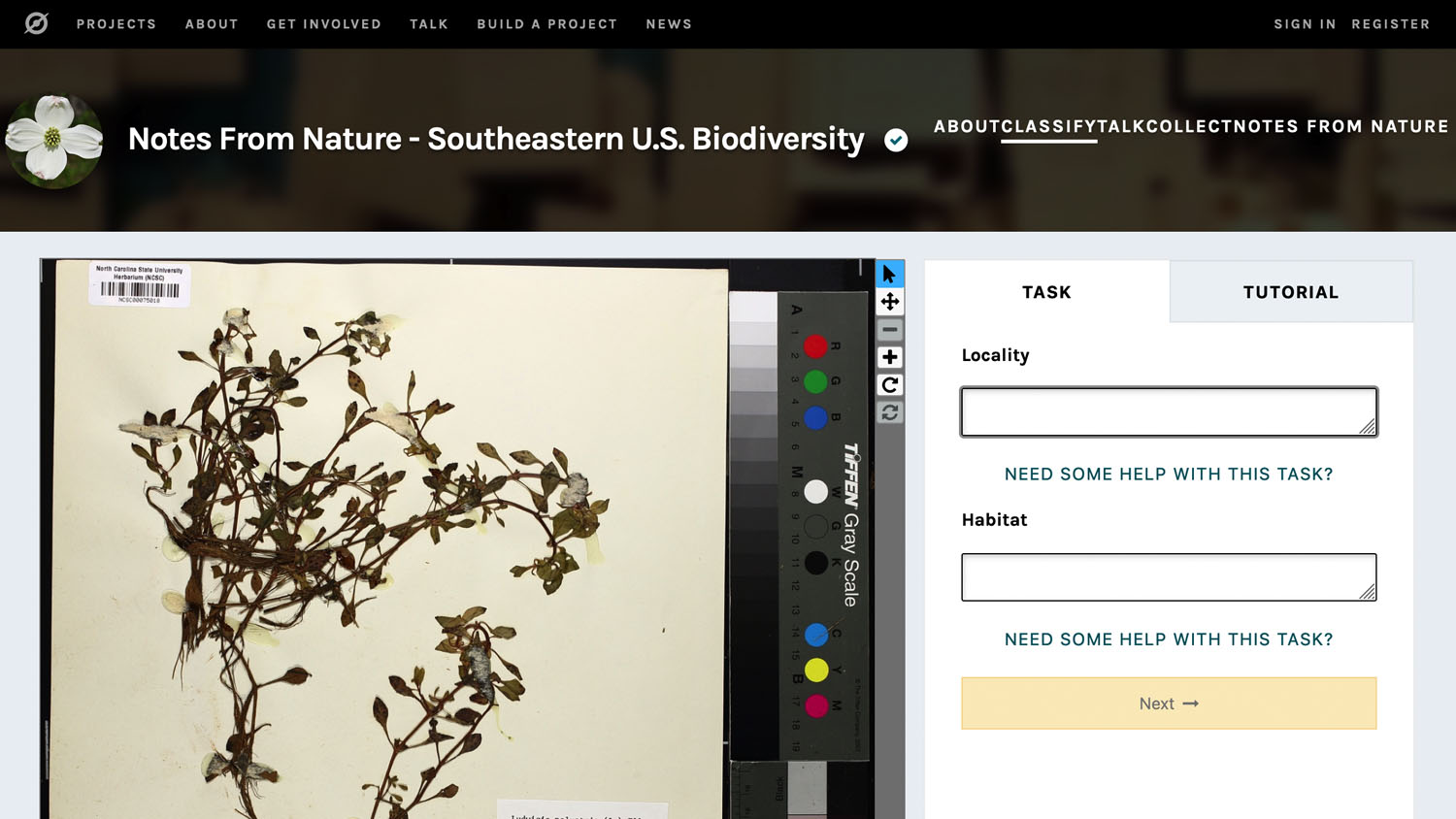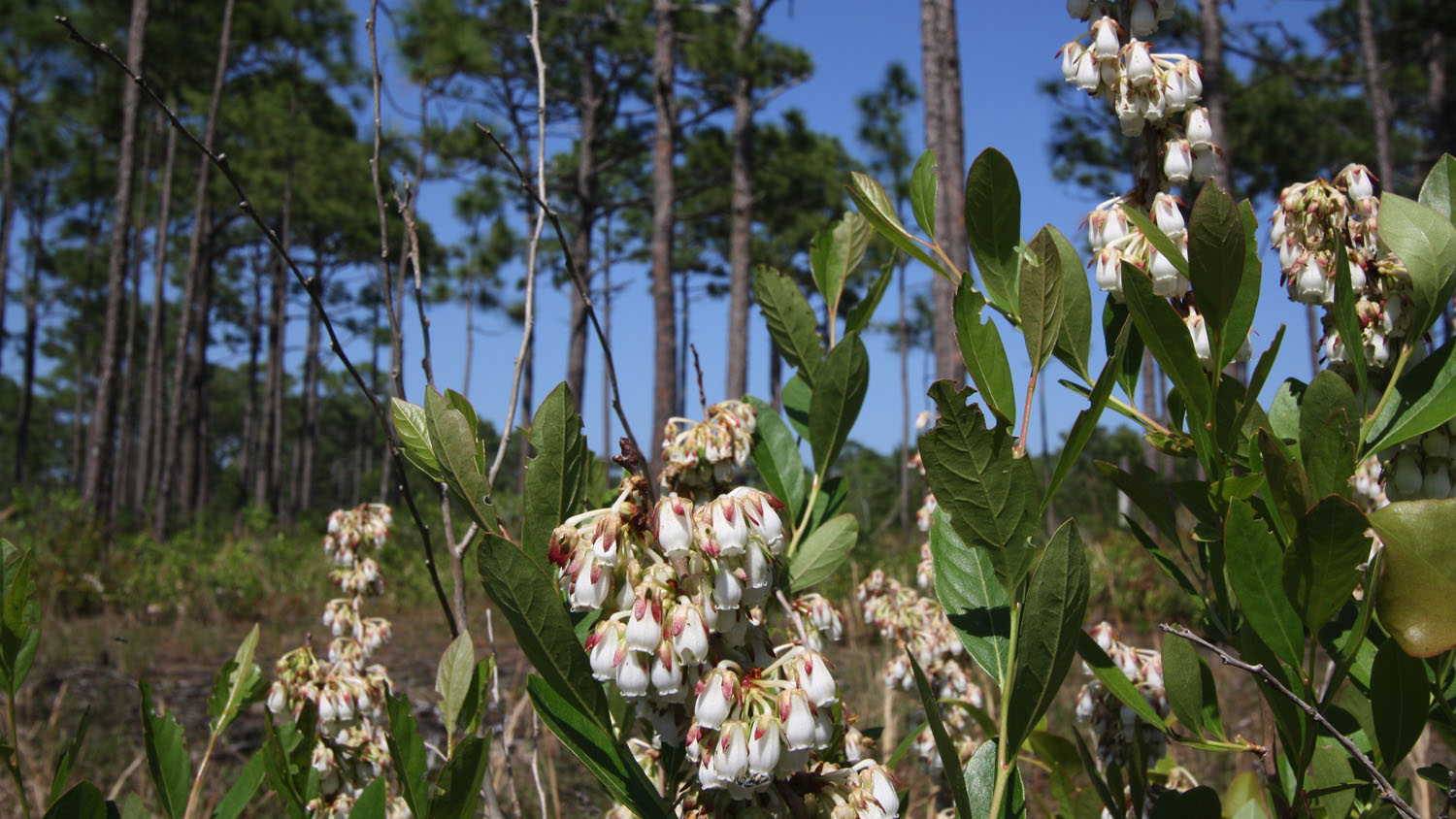A Critical Biological Collection
Natural history collections, like the herbarium, are the foundation of taxonomy, the discipline fundamental to any endeavor in need of communicating information about organisms. Collections data, however, are increasingly also used by a broad array of other disciplines.
Serving Since 1898
Throughout its history, the herbarium has served extension agents and citizens of North Carolina, conducted and facilitated basic and applied research, and helped train the next generation of plant science professionals in diverse disciplines.
We provide diverse services, ranging from directly identifying plants and offering plant identification workshops to serving authoritative data for ecological predictive modeling to making available specimens for fundamental scientific studies.
Connect With Us

